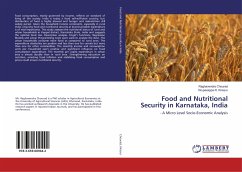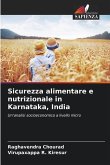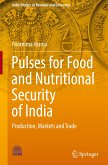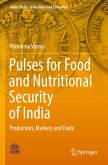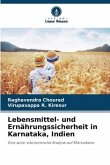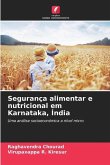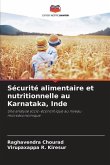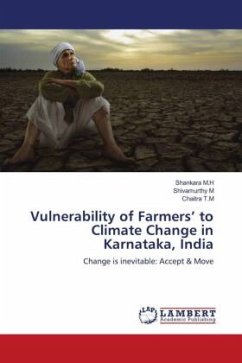Food consumption, mainly governed by income, reflects on standard of living of the society. India is today a food self-sufficient country, but distribution of food is highly skewed and hunger and malnutrition still widely persist. Given the household income constraints, especially in rural India, ensuring food and nutritional security at lowest possible expenditure is of vital importance. This study assesses the nutritional status of rural and urban households in Koppal district, Karnataka State, India and suggests the optimal food mix. Descriptive analysis, Engel's functions, Regression Models and Linear Programming tools were used to analyse the data. The urban households consume more food as compared to rural ones. The expenditure elasticities are positive and less than one for cereals but more than one for other commodities. The monthly income and consumption units per household exert positive and significant influence on food consumption expenditure. The monthly per capita expenditure in urban area is almost double than in rural area. Strengthening education on nutrition, arresting food inflation and stabilising food consumption and prices could ensure nutritional security.
Bitte wählen Sie Ihr Anliegen aus.
Rechnungen
Retourenschein anfordern
Bestellstatus
Storno

